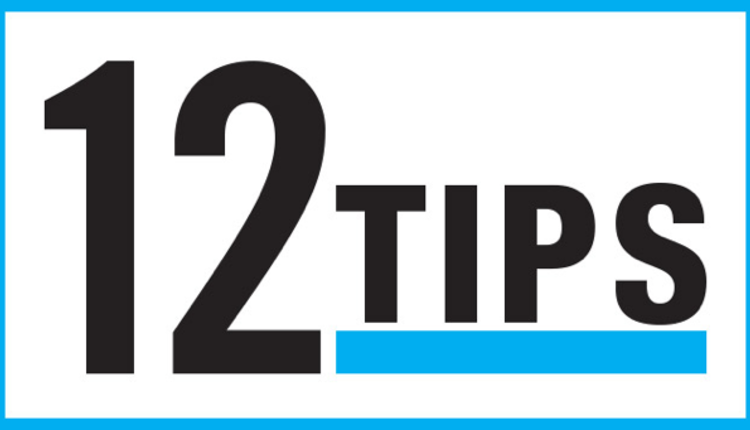- Promote the re-use of content and rules to approve content prior to production
- Handle versioning of content
- Provide self-service test and proof facilities
- Track and report on who received what messages and when, especially important for auditing purposes
Streamlined content management
Business content is likely your primary source for frequent change in any of your applications, and the new CCM platforms have the ability to separate making those changes from the need to regression test your applications. In addition, the overall size and complexity of your composition template just got a lot more streamlined. The result is greater predictability and reliability in your build-fix cycles as well as streamlining your operational processes. It also means that your ability to meet or exceed SLAs is increased, as you can now eliminate needless regression testing and focus on your core deliverables.
Less expensive resources
Assuming 50% to 70% of the effort in content management is composition, that large percentage of the total hours required can now be performed at a significantly lower hourly rate. In addition, it’s not only less expensive but also easier to find and hire additional content author resources as your workload increases than it is to find qualified and experienced composition developers.
Easier application maintenance
Because the types of changes required are solely content in nature, limited to no regression is required since the application itself does not change, as it did in the old model. Scheduling change now becomes easier, and your SLAs to the business can be easily met—or better, exceeded.
Content reuse
With a purpose-built content management system for touchpoints, re-use is at the core. These tools should provide reusable building blocks, such as shared repositories of pre-approved text and graphic content, pre-defined sets of targeting rules, and even sets of pre-defined styles that carry and enforce your corporate brand standard. Everything within the platform should have the potential to be centrally managed and controlled and available on demand to the applications requiring those shared elements.
Meeting schedules and SLAs, as well as accelerating time to market for your business-critical touchpoints, becomes your calling card. Maintainability is also improved because shared content objects are modified and approved once, and the changes cascade down automatically to all affected touchpoints.
Dual benefits
Even without business user involvement, your IT department can tap into the many advantages inherent in a content management system to help lower your costs, improve your delivery to the business, meet SLAs, maintain applications over time and accelerate time to market for your CCM touchpoints. Your business users may not be ready to take control of their messaging needs quite yet, but when they’re ready, you'll be able to hand over the keys and let them drive with confidence, as equal partners in the CCM value chain.
Nick Romano specializes in business process reengineering for enterprises migrating to new document delivery solutions. His primary expertise is on implementing messaging and personalization strategies, workflows and ROI tracking. He is a popular international speaker on the implementation of successful document solutions, with topics ranging from design, messaging and personalization to shop floor automation and advances in document delivery. He is a graduate of McMaster University in Hamilton, Ontario with a bachelor's degree in engineering and management. Follow him on Twitter @nickrprinova.
Continue reading: Page 1 | Page 2 |
















